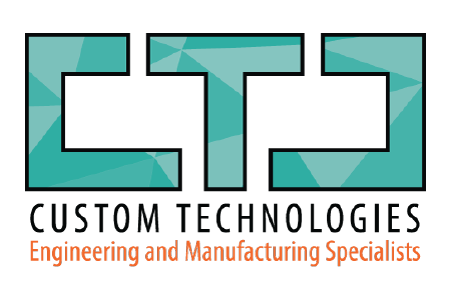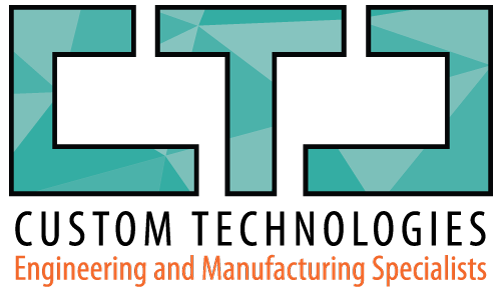Introduction: Streamlining Operations with Kitted Parts
In the quest for operational efficiency, manufacturers are increasingly turning to kitted parts to streamline their assembly processes. This method, which involves compiling all necessary components for a product into a single kit, is revolutionizing manufacturing floors by reducing waste, enhancing productivity, and improving inventory management. “Efficiency through Kitted Parts” delves into this innovative approach, highlighting its significant impact on manufacturing and assembly workflows.
The Kitting Process in Manufacturing
The kitting process in manufacturing is a strategic approach to assembly that begins with a comprehensive understanding of the product’s components, including raw materials, parts, tools, and labor requirements. By assembling these elements into kits matched with the necessary labor, manufacturing becomes streamlined, and products are created more cost-effectively.
Here’s a closer look at how kitting enhances manufacturing efficiency:
- Order Fulfillment: The process starts with converting a customer order or job request into a bill of materials, which is then communicated to the factory floor.
- Component Assembly: Floor staff gather or build the required items from the bill of materials, ensuring all components are ready for assembly.
- Kitting Area: Components are brought to the kitting area, where they’re organized into kits. These kits are then used in sub-assemblies, assemblies, or product bundles, making the next steps in the manufacturing process more efficient.
The practical benefits of kitting in manufacturing include operational efficiency, error reduction, simplified inventory management, increased productivity, and reduced production costs. By pre-organizing components into kits, workers have everything they need at their fingertips, reducing downtime and making the assembly process faster and more error-proof.
Versatility and Benefits of Kitting Across Industries
Kitting’s efficiency is not confined to a single sector; its benefits span various industries, each with its unique demands and challenges. From automotive to electronics and consumer goods, kitting streamlines the assembly process, ensuring that all necessary components are readily available, thus enhancing productivity and reducing errors.
Automotive Industry
In the automotive sector, kitting is instrumental in assembling complex components like engine parts. Kits often include pistons, crankshafts, camshafts, timing belts, and gaskets, facilitating quick and efficient assembly lines.
Electronics Sector
For electronics manufacturers, kitting helps in the precise assembly of devices such as smartphones or tablets along with their accessories. PCB assembly kits, for instance, might contain resistors, capacitors, transistors, integrated circuits, and a circuit board, enabling a streamlined manufacturing process.
Consumer Goods
In the realm of consumer goods, kitting brings efficiency to the production of items ranging from makeup and beauty sets to art and craft kits. These pre-organized sets not only simplify the assembly process but also enhance the consumer’s unboxing experience.
Customized and Seasonal Products
Kitting proves particularly beneficial for customized products or seasonal campaigns, where components might vary in color, shape, or specifications. It allows for a flexible assembly process that can adapt to changing customer demands or trends.
The implementation of kitting across these diverse sectors underscores its adaptability and the significant role it plays in optimizing manufacturing efficiency. By reducing the time spent locating components, kitting ensures that production lines are more streamlined and responsive to the dynamic needs of the market.
Conclusion: Envisioning the Future of Efficient Manufacturing with Kitted Parts
The integration of kitted parts into manufacturing processes marks a significant leap towards operational efficiency and organization. As we look towards the future, this approach is set to become even more integral, driven by advancements in organizational systems and automation technologies. The future of manufacturing envisions a landscape where kitted parts are not just a method of streamlining assembly but a fundamental component of a highly efficient, automated, and error-free production environment.
In this future, the precision and speed of assembly processes are enhanced by sophisticated automation systems that seamlessly integrate with kitted parts, ensuring that each component is perfectly placed and assembled. This synergy between kitting and automation minimizes human error, reduces assembly time, and maximizes productivity, setting a new standard for manufacturing excellence.
As industries continue to evolve, the adaptability and benefits of kitting across various sectors—from automotive to electronics and consumer goods—will play a pivotal role in shaping manufacturing practices. The focus on efficiency, waste reduction, and enhanced productivity through kitted parts will not only drive innovation but also contribute to a more sustainable manufacturing paradigm.
In embracing the future of kitted parts, manufacturers are not just optimizing their current operations but are paving the way for a new era of manufacturing that is smarter, faster, and more responsive to the ever-changing demands of the global market.


